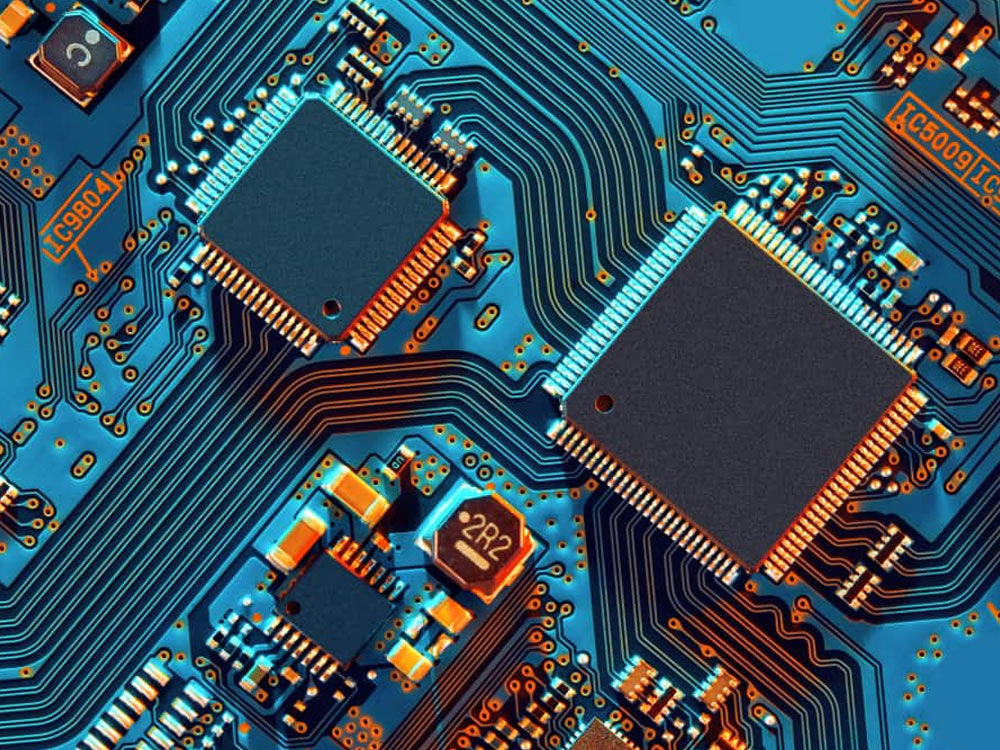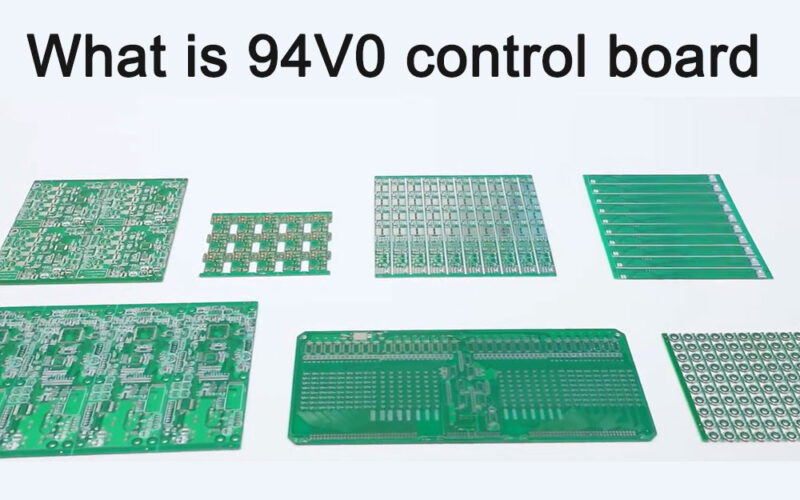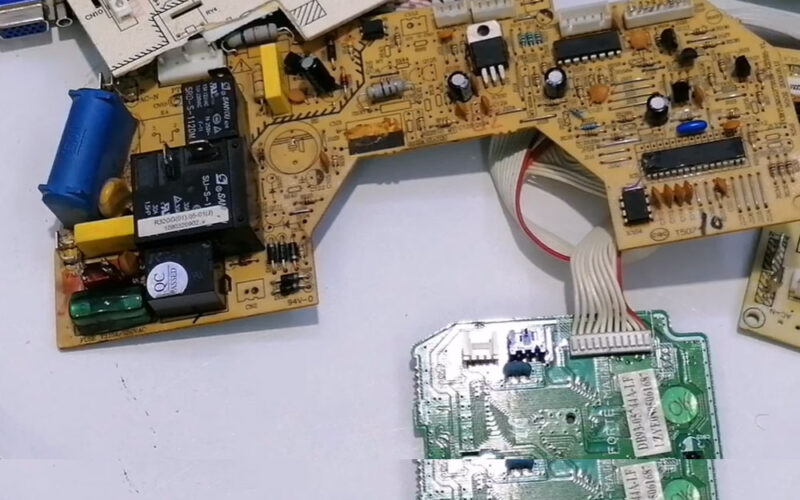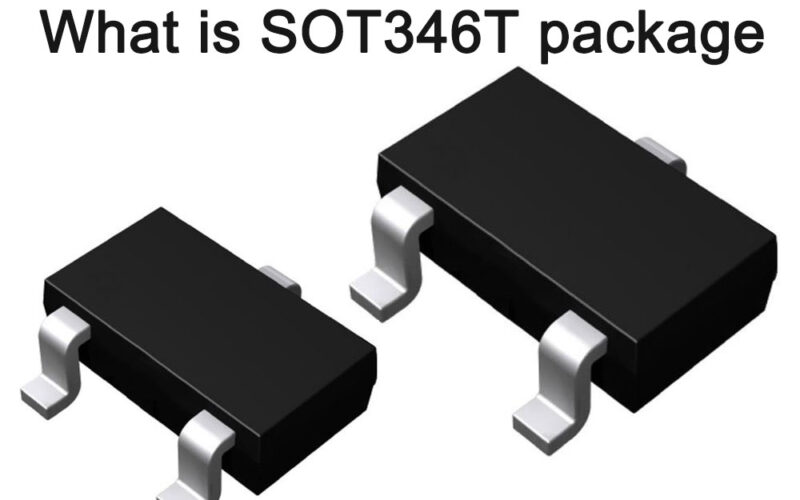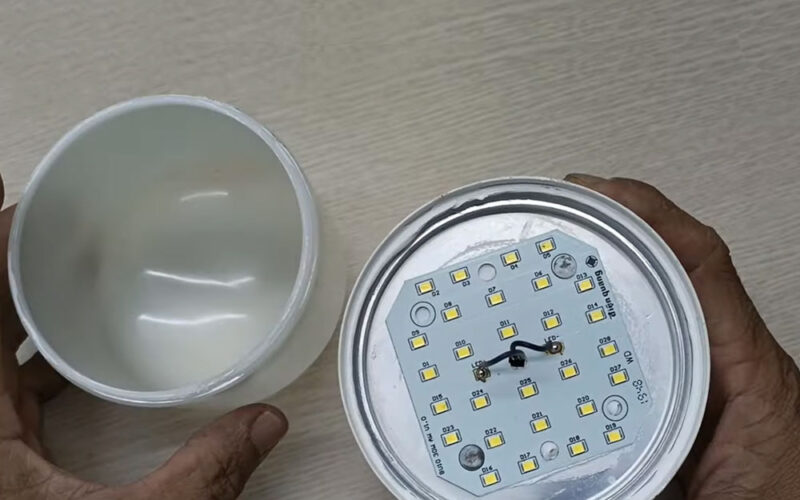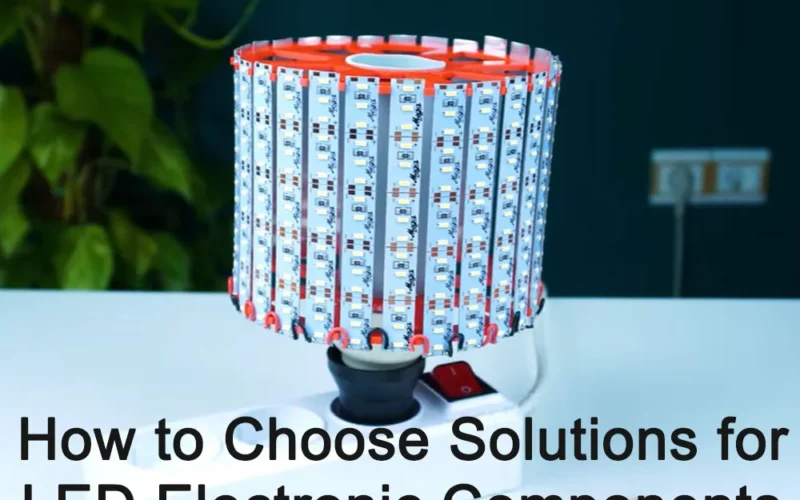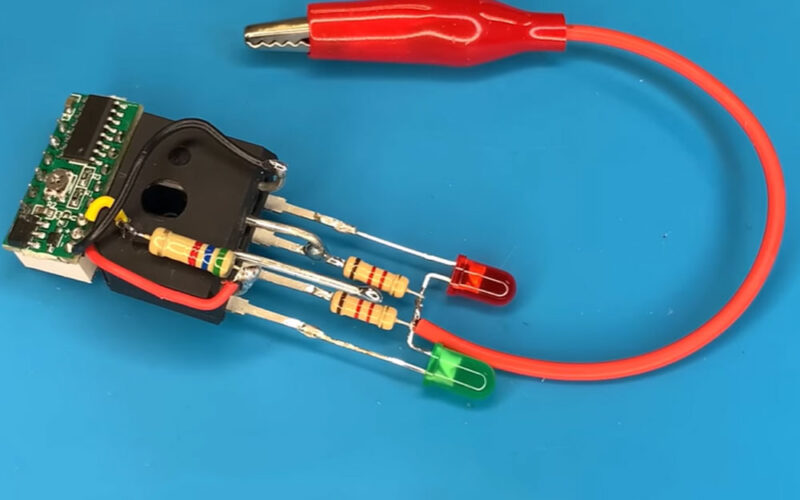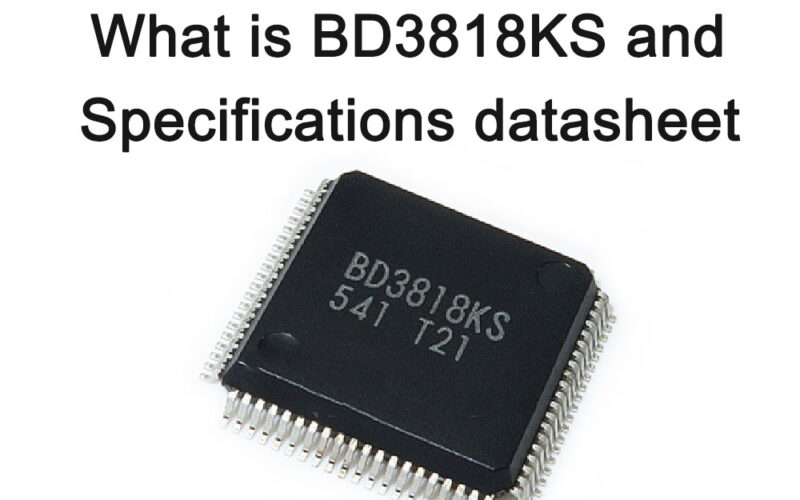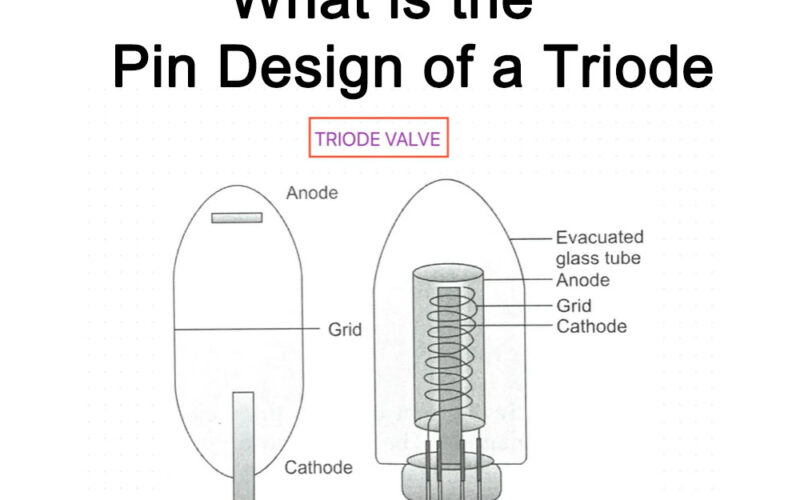
Detailed process of shipping electronic components from China to the United States
The global supply chain of electronic components is an important pillar of the modern electronics industry, and the trade of electronic components between China and the United States is a key part of this system.
For many businesses and individuals in the United States, understanding how to purchase and ship electronic components from China to the United States is an important business link.
This article will introduce this process in detail, including preparation, selection of transportation methods, logistics operations, customs clearance and delivery.
Preparation for transportation of electronic components
Determine the purchase list
First of all, it is necessary to clarify the specific model, specification and quantity of the electronic components to be purchased. This facilitates subsequent communication with suppliers, signing of contracts, and logistics arrangements.
Find suitable suppliers
Find reliable suppliers who can provide the products you need through electronic component trading platforms, industry exhibitions or directly contact electronic component manufacturers in China. When selecting a supplier, factors such as its reputation, product quality, price, and delivery capabilities need to be considered.
Sign the purchase contract
Sign a purchase contract with the selected supplier to clarify the rights and obligations of both parties, including key terms such as product specifications, quantity, price, payment method, and delivery time. In addition, the contract should also include important contents such as quality assurance, liability for breach of contract and methods of resolving disputes.
Select transportation method for electronic components
Choose the appropriate transportation method based on the characteristics, quantity and delivery time requirements of electronic components. Common shipping methods include air freight, sea freight and express delivery.
Air transport
Air transportation is fast and safe, and is suitable for small batches of high-value electronic components. However, air freight costs are relatively high and is suitable for goods with tight time requirements.

Shipping
Sea transportation has low cost and large shipping volume, and is suitable for large quantities of low-value electronic components. However, sea transportation is slow and greatly affected by factors such as weather and port congestion.
Express delivery
The express delivery service is convenient and fast, and is suitable for small samples or emergency replenishment. However, express delivery costs are high and is not economical enough for large quantities of goods.
Logistics operations for electronic components
Packaging and labeling
Carry out reasonable packaging and marking according to the characteristics of electronic components and the requirements of the transportation method. Packaging should be strong enough to protect the goods from damage during transportation and comply with international transportation standards. At the same time, key information such as consignee information, cargo name, quantity, etc. should be clearly marked on the packaging for easy identification.

Book cabins/flights/express services
Book space (sea freight), flights (air freight) or express delivery services in advance according to the selected mode of transportation and the specific conditions of the goods. This helps ensure goods are shipped on time and reach their destination smoothly.
Bill of lading/air waybill/express bill processing
Before the goods are shipped, you need to confirm with the freight forwarder or logistics company that the information on the bill of lading (sea freight), air waybill (air freight) or courier note (express delivery) is accurate. These documents are important documents during the transportation of goods and need to be properly kept.
Electronic component procurement, export declaration and clearance procedures
- Export declaration procedures
Before the goods leave China, they need to be declared to the customs and go through export declaration procedures. This includes submitting necessary documents such as export declarations, commercial invoices, packing lists, etc., and paying the corresponding duties and fees (if applicable). After the customs declaration procedures are completed, the customs will release the goods and issue export certification documents.
- International transportation insurance arrangement (optional)
In order to reduce the risk during the transportation of goods, you can consider purchasing international transportation insurance. The insurance company will provide corresponding insurance plans based on the value of the goods and the mode of transportation. When purchasing insurance, you need to read the policy terms carefully and make sure you understand the coverage and disclaimers.
- Preparation for customs clearance procedures at destination and cooperation in completing customs clearance work (USA)
Before the goods arrive in the United States, you need to prepare the documents and information required for customs clearance in advance, and understand the U.S. import regulations and requirements. These documents usually include import licenses (if applicable), commercial invoices, packing lists, and other supporting documents required by customs (such as certificates of origin, etc.). At the same time, you need to cooperate with the consignee in the United States or its agent to complete customs clearance and pay the corresponding duties and fees (if applicable).
You may encounter various problems or delays during the customs clearance process, so you need to maintain timely communication with the consignee or agent in order to solve the problem in a timely manner and successfully complete the customs clearance work.
After customs clearance is completed, U.S. Customs will release the goods and deliver them to the consignee or its designated warehouse or location. At this point, the entire process of shipping electronic components from China to the United States is basically completed. The next step is the acceptance and payment of the consignee.
If everything goes well, the entire transaction process will be completed successfully. If problems arise, they need to be negotiated with the supplier or logistics company in time to avoid affecting subsequent cooperation. At the same time, it is also necessary to summarize and reflect on the entire transaction process in order to continuously improve and optimize the supply chain management process.
Precautions and suggestions for import and export of electronic components
There are many aspects that need to be paid attention to when importing and exporting electronic components. The following are some suggestions and precautions:
- Understand relevant regulations and standards: During the international procurement and transportation of electronic components, that is, before importing or exporting electronic components, you need to understand the laws, regulations and standards of the relevant countries and regions to ensure that the products comply with local requirements and standards. . For example, China has implemented the “Import and Export Commodity Inspection Law of the People’s Republic of China” and its implementation regulations, and implemented a compulsory product certification system for imported electronic components. They need to obtain the corresponding certification certificate and add a certification mark before they can be imported.
- Confirm product classification and regulatory requirements: There are many types of electronic components, and the regulatory requirements and import/export processes for different types of products may be different. Therefore, it is necessary to clarify the types of electronic components being imported or exported and understand the local regulatory requirements.
- Choose the appropriate logistics method: Choose the appropriate logistics method, such as sea transportation, air transportation, land transportation, etc., based on factors such as the type, quantity, volume, and weight of electronic components. For some high-value or high-risk electronic components, it is recommended to choose air transportation or specific sea transportation methods to ensure that the goods reach their destination safely and in a timely manner.
- Comply with customs declaration procedures and documentation requirements: When importing or exporting electronic components, you need to comply with local customs declaration procedures and documentation requirements. Documents that need to be provided include commercial invoices, packing lists, bills of lading, certificates of origin, quality certificates, etc. Ensure that the documents provided are true, accurate, complete and comply with local requirements and standards.
- Pay attention to tax and tariff issues: Different countries and regions may have different import tariffs and tax policies for electronic components, so you need to pay attention to tax and tariff issues when importing or exporting electronic components. Understand local tax policies and consult local customs or professionals in advance to avoid unnecessary losses.
- Strengthen quality control and safety testing: The quality and safety of electronic components are crucial to the overall performance and service life of the product. Therefore, when importing or exporting electronic components, it is necessary to strengthen quality control and safety testing to ensure that the products meet local quality requirements and safety standards.
- Establish a stable supply chain: It is crucial for an importer or exporter to establish a stable supply chain. Establish long-term cooperative relationships with reliable suppliers to ensure a stable, reliable and reasonably priced supply of electronic components. At the same time, understand the supplier’s quality assurance system and technical strength to ensure that the purchased electronic components have reliable quality assurance.
- Follow international trade rules and practices: International trade rules and practices are guidelines that importers or exporters must follow. Understand and follow the relevant rules of the World Trade Organization (WTO) and international practices such as the United Nations Convention on Contracts for International Trade and Sales to ensure the smooth development of trade. When trade disputes arise, you can seek legal assistance or consult professionals for advice to protect your own rights and interests.
- Strengthen market research and customer demand analysis: Before importing or exporting electronic components, it is necessary to conduct sufficient market research and customer demand analysis to understand the needs and trends of the local market. According to market demand and customer requirements, formulate targeted marketing strategies and product plans to improve the local competitiveness and market share of products.
- Maintain good communication with customers: During the process of importing or exporting electronic components, it is necessary to maintain good communication with customers and understand their specific needs and requirements. At the same time, we establish mutual trust relationships with customers, promptly resolve problems and disputes during the trade process, and improve customer satisfaction.
In short, the import and export of electronic components require attention to many issues and suggestions. Importers or exporters need to fully understand relevant regulations and standards, confirm product classification and regulatory requirements, choose appropriate logistics methods, comply with customs declaration procedures and document requirements, pay attention to tax and tariff issues, strengthen quality control and safety testing, and establish stable supply chain, comply with international trade rules and practices, strengthen market research and customer demand analysis, and maintain good communication with customers.
Following these recommendations will help you run a smooth import and export business of electronic components.
